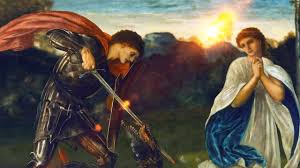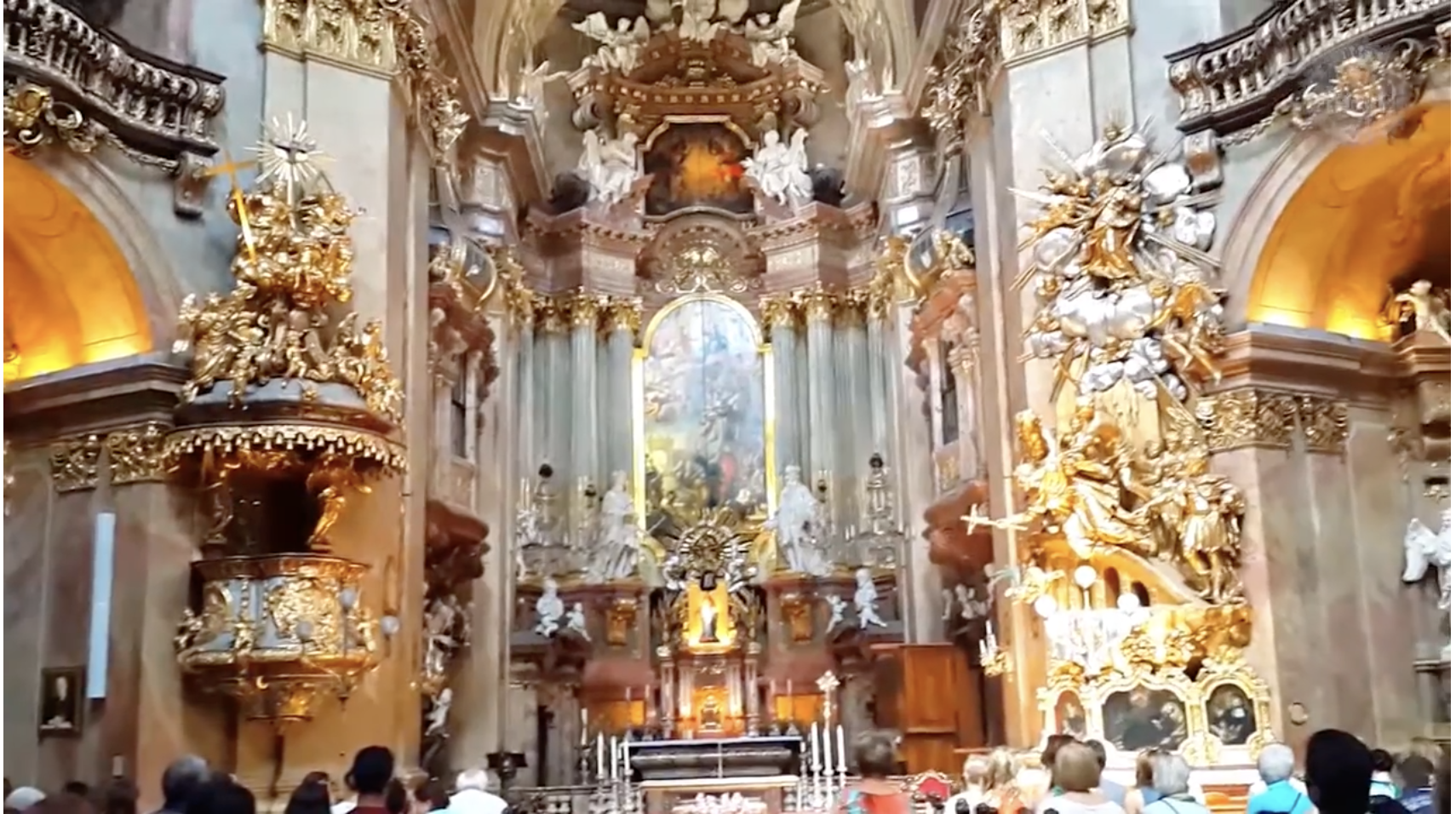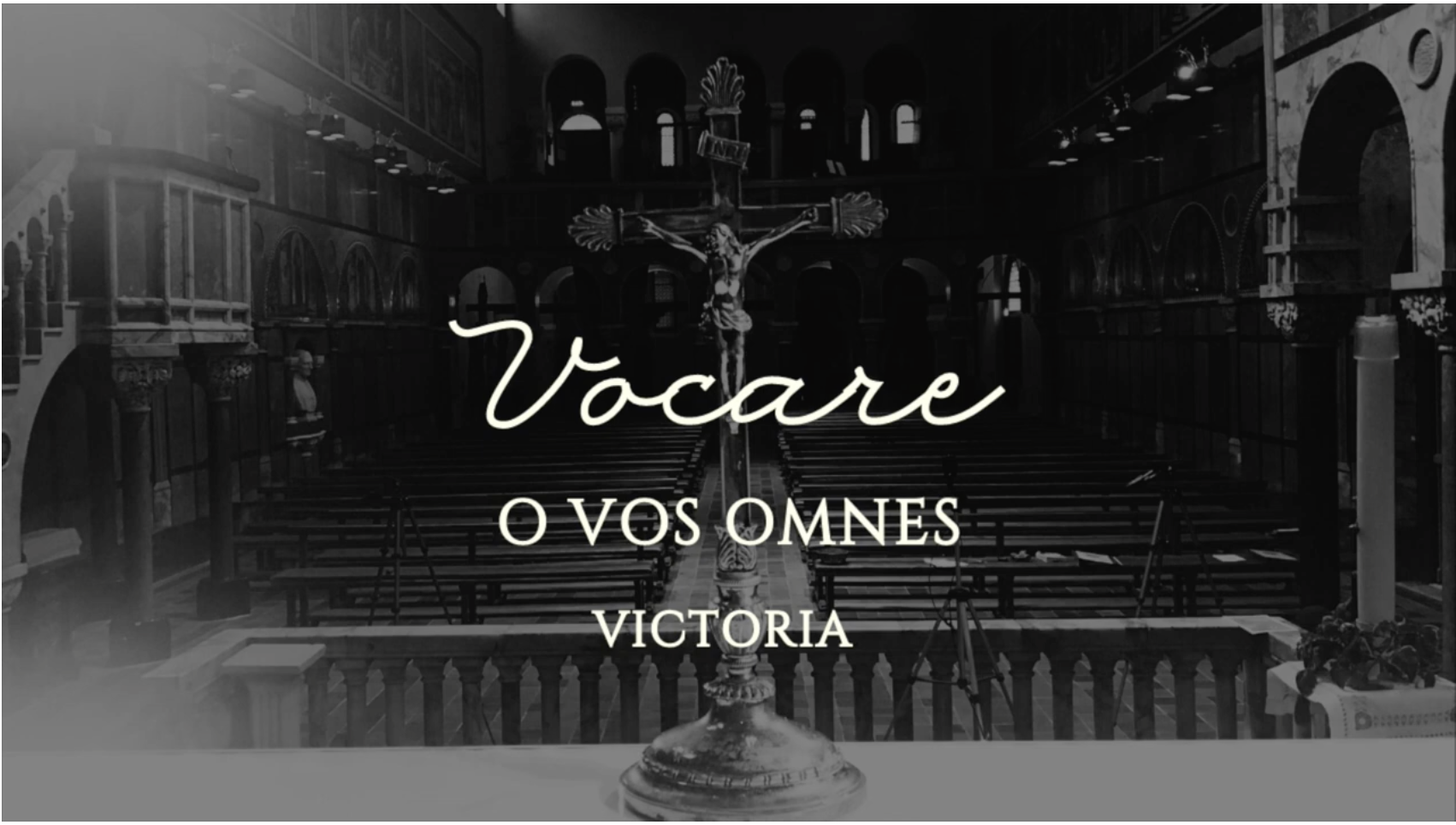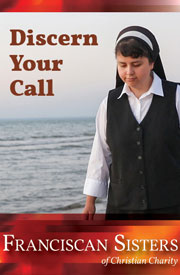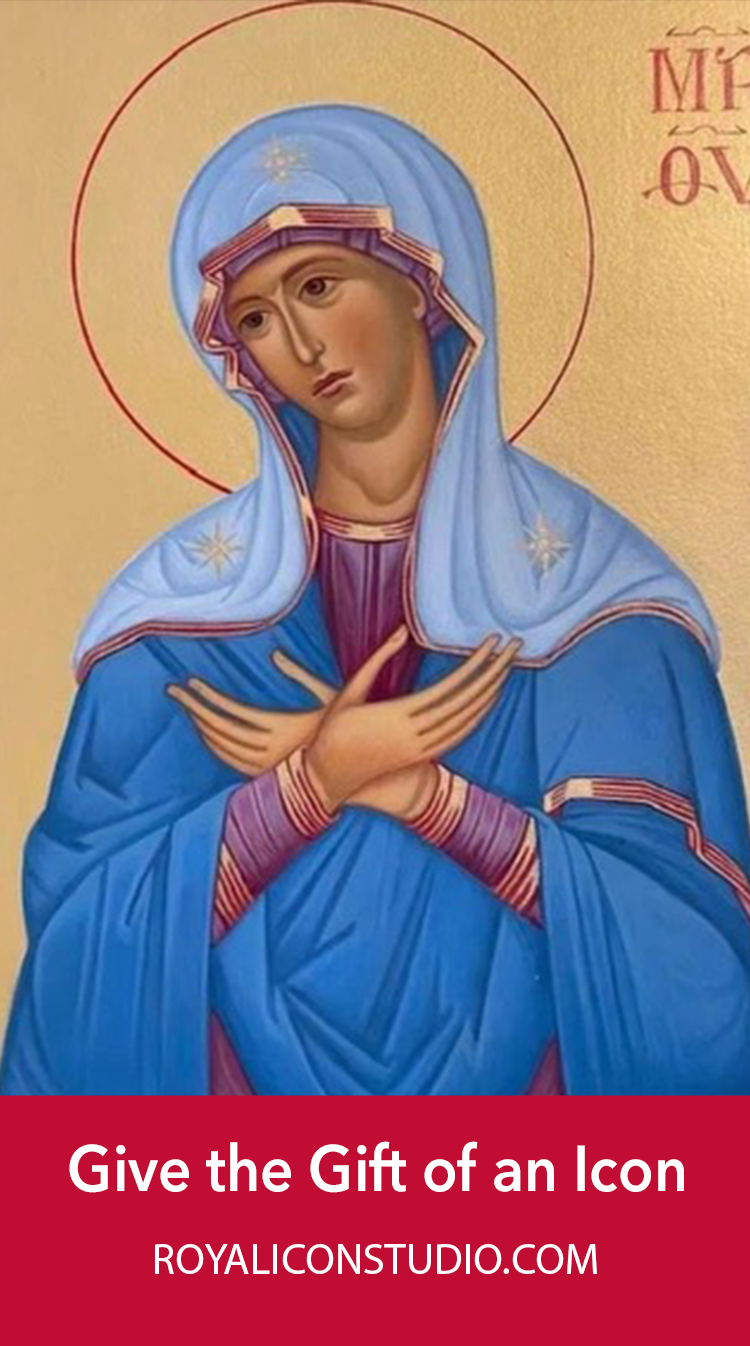The story of Juan Diego is more than a powerful story. It’s more, even, than a powerful story in Catholic history. It’s nothing less than one of the most extraordinary stories in human history.
First, the setting could hardly be more improbable. In the early 1500s, what is now central Mexico was a civilization in grave crisis. Society, as the Aztecs had known it, was becoming unrecognizable. The pagan gods on whom they depended had failed. Diseases brought unknowingly by the Spanish conquistadores were ravaging large parts of the indigenous population. The practice of human sacrifice – which many generations of indigenous peoples believed was the only means of averting catastrophe – had been recently banned.
For the men and women of that time and place, it must have seemed as if chaos had been unleashed everywhere on the only world they knew. One can hardly imagine a less inviting place for planting the idea of a benevolent deity.
Nor was that the only impediment to conversion. The human instrument of this story, Juan Diego, was even more improbable. When we think of dramatic historical events, we usually think of those resulting from the dynamism of young people. Alexander the Great was under 30 when he conquered states around the Mediterranean, the Persian empire, and parts of India. Joan of Arc was a teenager when she led a successful French army campaign. Following many amazing youthful military victories, Napoleon was crowned Emperor of France and King of Italy in his mid-thirties.
Juan Diego is thought to have been around 50 years old when he converted, and several years older when he first experienced his visions. At that time and in that place, the average life expectancy has been estimated at around 40 years. Yet the actions of this older, obscurely born individual would go on to power one of the most consequential transformations in recorded history.
And the conversions that followed from Juan Diego’s visions would revolutionize not only his society, but the entire Southern Hemisphere. Among this story’s many implications, two seem especially pertinent to us today – especially for young professionals like you of the Tepeyac Leadership Initiative.
The first is Juan Diego’s reaction to being chosen for his mission, something that we can instantly recognize in our timorous selves across all these centuries. In his first vision, Our Lady asked him to have the local bishop build a chapel dedicated to her. The bishop, understandably skeptical, did not leap to the request. Juan Diego reported back to the Virgin that he had failed. Then he added something quintessentially human: that he was too unimportant to be given such a monumental task. He intimated that it would be better to find someone else.
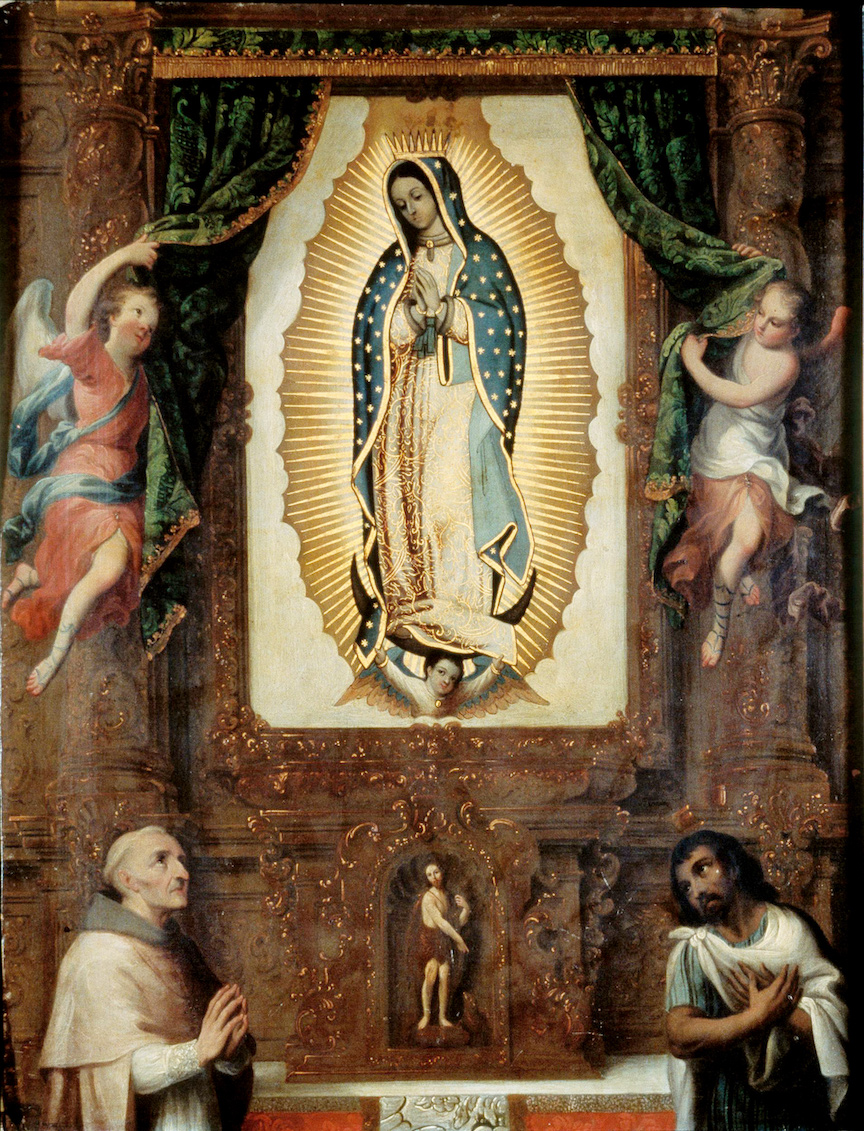
It would be better to find someone else. How many Catholics hear that same inner voice all the time? How many of us think that we are too irrelevant, too small, too powerless to live out the religious and other demands put upon us? And how often do we also think as Juan Diego must have – that our witness as Catholics in that moment is uniquely burdensome, compared to all other moments?
This is one way in which Juan Diego’s legacy touches our own. So what happens next? His human anxiety is answered decisively. He is told in the next vision: this task is his – and no one else’s. And once he is told that, he never looks back.
When you take up your own crosses, when you lead your families and your places of work, whether today or in the years ahead, remember that part of Juan Diego’s story. Sometimes, you really will be the only person who can do what you do. Sometimes, stilling that anxious voice inside, and soldiering on, will shape history, including salvation history, in ways that you cannot imagine.
The second feature of Juan Diego’s life story that should inspire us all is one that I have never seen remarked upon. Yet it may be the most remarkable feature of all. It’s what happened in the years after the visions granted him – visions that would transform a large and critical area of both the Church and the world.
So what did Juan Diego do during the time after his visions, and before his death years later? From what is known of the record, he did not give the equivalent of press conferences. He did not receive streams of visitors. He did not spend his evenings, say, entertaining the mighty and powerful. No, Juan Diego understood that just because the most celebrated aspect of his work was over, his other work on earth nonetheless remained to be done. He continued his earthly labors by tending the shrine that was dedicated to Our Lady of Guadalupe at Tepeyac.
In other words, the work that would make him go down in world history, the visions that would plant Christianity and piety across the Americas with a majestic drama seldom seen anywhere, were finished. But this was not the sum total of Juan Diego’s calling. This other work – the unseen, humble, ordinary work of taking care of a shrine – would continue for the rest of his life.
And in that part of his story, I believe, there is wisdom and inspiration for Christians everywhere. Your unique work as professionals and as Catholics might take place in corridors of power. Or it might happen, instead, at home, washing dishes and changing diapers. It might be enacted in public places where Catholics are especially needed as witnesses these days, such as secular schools and universities. And your witness might also occur in places where no one but God will ever see you – standing sentinel at hospital beds, and placing flowers on graves.
But wherever your own work takes you, keeping the example of Juan Diego before you will tether you to an eternal truth. Great deeds can and do move history. But greatness itself can reside in the smallest of things, so long as it is rightly offered and understood.
*Image: Altarpiece of the Virgin of Guadalupe with Saint John the Baptist, Fray Juan de Zumárraga, and Juan Diego by Miguel Cabrera, c. 1752 [Museo Nacional de Arte, Mexico City]
You may also enjoy:
Michael Pakaluk’s Queen of the New Evangelization
David Warren’s No Country for Old Saints


